Machu Picchu
We will start with what is often the final destination: Machu Picchu, the highest point. It is an Inca city at the top of the mountain, surrounded by temples, water channels, and terraces. It was declared a Cultural and Natural Heritage of Humanity by UNESCO for being considered an important religious, political, and administrative center of the Inca period.
Machu Picchu is totally and absolutely justified in attracting visitors, as it is one of the most visited places in Peru. Exploring Inca jewels in the most amazing natural environment, including the breathtaking Sacred Valley, doesn’t sound all that bad. Are you already considering how to get to Machu Picchu? How soon we have convinced you!
With InkaNet Adventure, your journey to this remarkable destination will be unforgettable. Discover Cusco and embark on the unforgettable Inca Trail to Machu Picchu today.
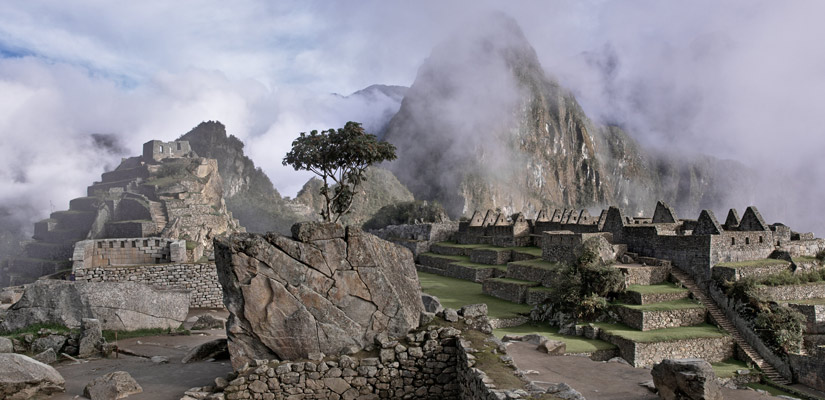
Ollantaytambo
The next stop is the archaeological Ollantaytambo, a typical Peruvian village very picturesque with archaeological remains, of course. The area where it is seen from a distance are shaped like a llama. To get there you have to climb some steep steps (the effort is worth it) that lead to large stone blocks of 6 tons that form the famous Temple of the Sun. During the summer solstice, the sun passes through and points to the eye of the animal. Discover Cusco and the wonders of the Sacred Valley with InkaNet Adventure.
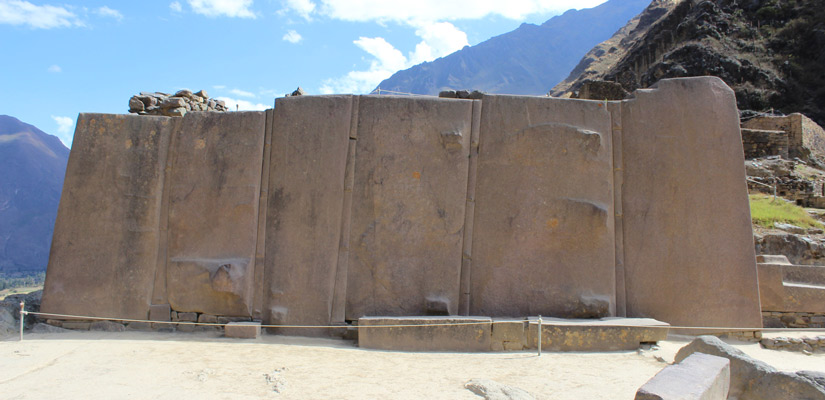
Urubamba
Urubamba is the next destination, the same name is given to the province, the city and the river. Enclosed by nature, it matches a lot of adventure sports. In the city, the people are experts in the art of pottery and have many traditional and contemporary Andean ceramic styles that can be seen in galleries that offer visits and demonstrations. A must-see stop for those looking to discover Cusco and the heart of Peruvian culture.
Maras
Archaeological site of Moray
In your visit to the archaeological site of Moray you’ll find a kind of Inca agricultural laboratory in the deep valley. Continuous circles in the earth at different depths were excavated, creating a microclimate in each step with the purpose of cultivating plantations that required different temperatures. Each step down, the temperature increases 3ºC (37ºF), reaching a 10ºC (50ºF) difference of temperature between the highest point and the lowest. You know what to do if you are cold! Discover this marvel with InkaNet Adventure.
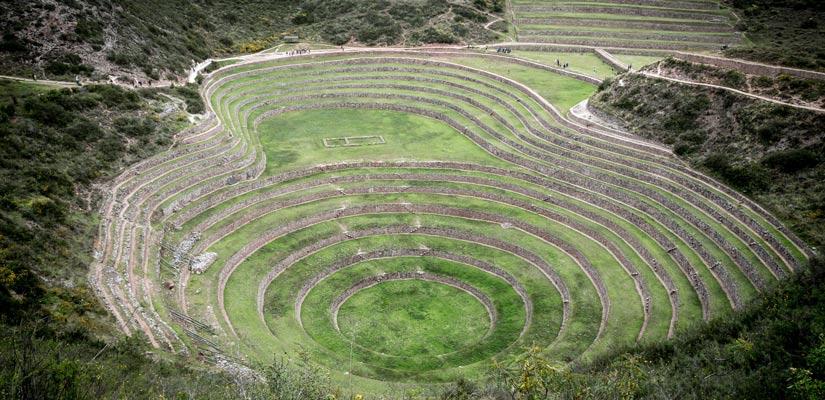
Maras Salt Mines
After visiting this Inca greenhouse it’s time to get to the Maras Salt Mines. The salt without iodine from this mines is one of the most sought-after salts in the world. These salt mines are composed of 3,000 cells, each of them operated by a different family. Discover this incredible site and other stops along the Inca Trail Machu Picchu tour.
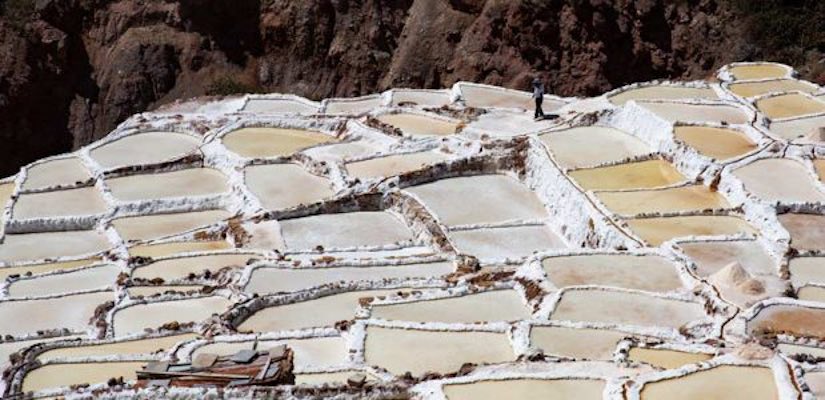
Cusco
The next destination is the city of Cusco, the ‘historical capital’ of the country and the ancient capital of the Inca Empire. Besides Inca remains, the Spaniards left their mark on this city, building churches, palaces and Baroque and neoclassical squares. Due to the large number of monuments that it houses, it is called the ‘Rome of America’ and this reason was what made it World Heritage by UNESCO in 1983. Embark on this journey with InkaNet Adventure and truly Discover Cusco.
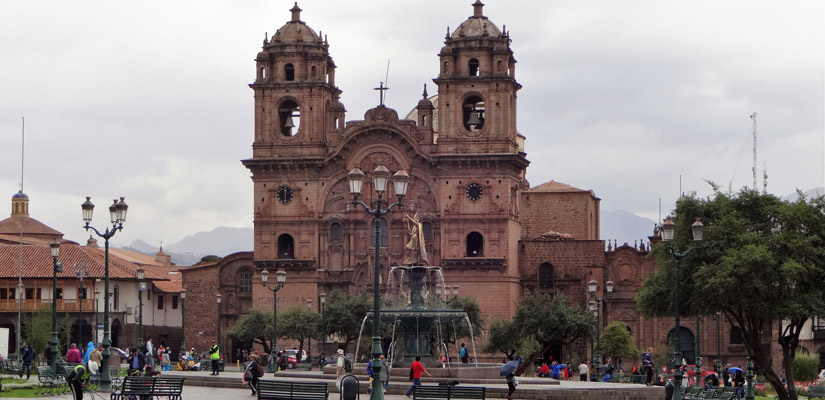

0 Comment